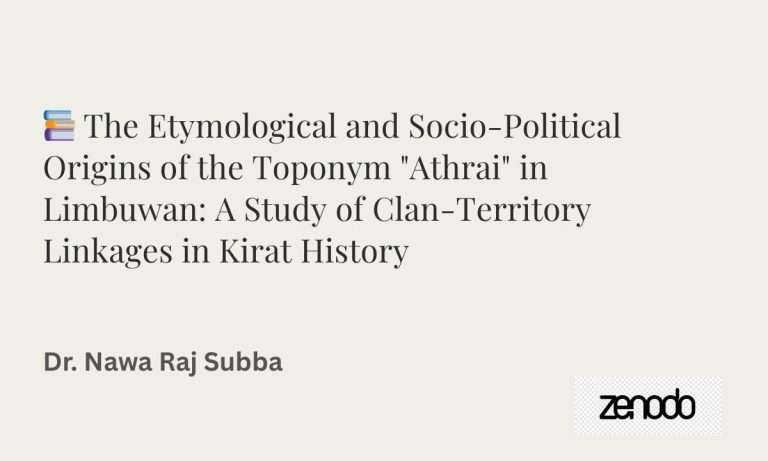The Morang Innovative Neonatal Intervention (MINI) Program
Nawa Raj Subba, Penny Dawson. (2006). A Report On The Morang Innovative Neonatal Morang Innovative Neonatal Intervention (MINI) ProgramIntervention (MINI) Program Increased Access Through Community Based Management In Morang Nepal. Ministry of Health District Public Health Morang/ JSI (R & T).
Summary
Background: Ministry of Health District Public Health Morang and JSI (R & T) jointly launched a neonatal health intervention program in Morang (MINI) aiming to lower the neonatal death rate in the district. MINI followed the model established by the community–based management of ARI/pneumonia program management of ARI/pneumonia program. MINI has demonstrated that FCHVs can follow an algorithm for MINI has demonstrated that FCHVs can follow an algorithm for classification of sick neonates, initiate treatment, and facility classification of sick neonates, initiate treatment, and facilitate referral system. MINI has shown that VHW/MINI has shown that VHW/MCHWsMCHWscan provide Gentamicin, with can provide Gentamicin, with high treatment completion high treatment completion rates. This has resulted in increased has resulted in increased rates of appropriate treatment, and likely contributed to reducing rates of appropriate treatment, and likely contributed to reduction ion in neonatal deaths in neonatal deaths
Objectives: To determine whether Community based FCHVs FCHVs (Female Community Health Volunteers)(Female Community Health Volunteers)and the most peripheral Government Health and the most peripheral Government Health Workers can perform a set of activities that Workers can perform a set of activities that result in improvement in the early result in improvement in the early identification and correct management of identification and correct management of neonatal infections.
Findings: Neonatal health intervention reached to all 100% target population od disadvantaged tribes, most socially deprived, disadvantaged flat-land groups and 60 percent of relatively advantaged tribes and 84 percent of the upper caste target population. Breastfeeding practice within an hour improved from 30% (baseline) to 70% of the mothers. Among 5105 infants 680 (10%) infants had low birth weight (LBW) and percentage of LBW with PSBI was found in 150 (22%) infants. Among 9546 recorded infants the community health workers recorded 2953 (31%) infants were sick, 2040 (21%) were with the local bacterial infection and 1286 (13%) infants were found with possible severe bacterial infection (PSBI).
Management of possible severe bacterial infection (PSBI) covered 1360 episodes in neonates (93%) and among them, 1233 (91%) episodes completed Gentamicin injection. Total births recorded in the program was 9546 that is 60% of the projected population. Among them, female community volunteers (FCHV) followed within 2 months 8810 (92%) newborns. Total 157 neonatal deaths (within 28 days)recorded and it was 16 per 1000 live births. It was 21 per 1000 live births recorded in 2005.
This presentation was presented in an International seminar in Bangkok by Nawa Raj Subba (District Public Health Office Morang) and Penny Dawson (MINI/JSI). Preview/Download

